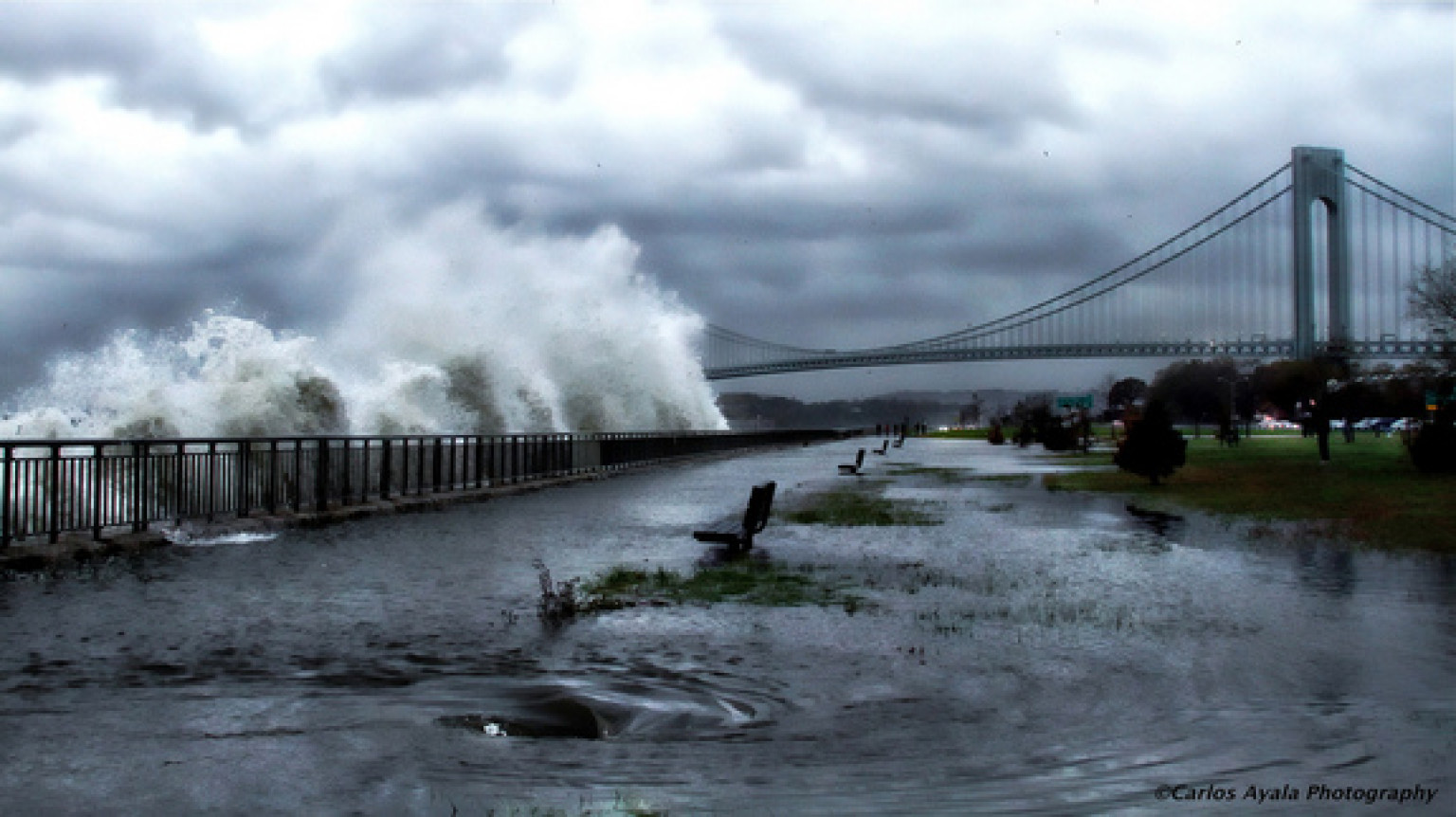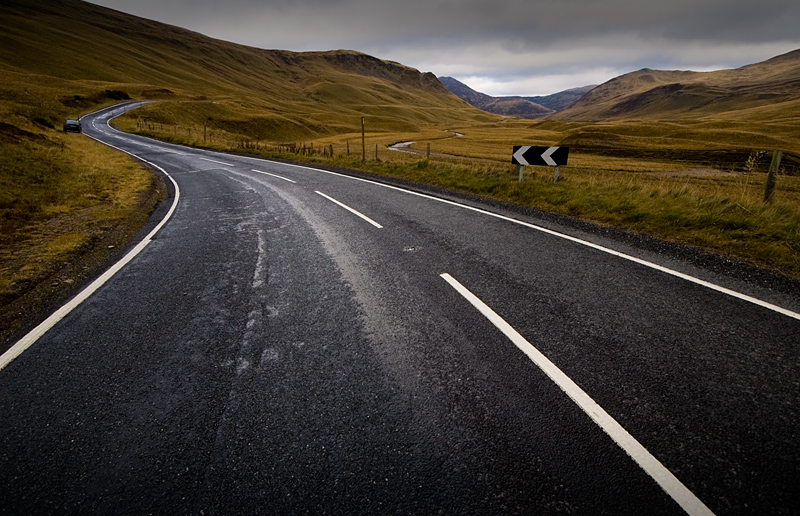There is not a colloquial “silver-bullet” solution that can immediately stem the impending effects of climate change; similarly, there is not a single layer on which the governance of climate change occurs. The work to mitigate and adapt to climate change and global warming does not rest only with sovereign national governments and international institutions like the United Nations Framework for Climate Change (UNFCCC), but it also occurs across sectors and borders. Private transnational networks are an effective avenue for executing action in the manner that businesses across the world function on both a day-to-day and strategic basis. One stellar case study of such an effective network is the World Business Council for Sustainable Development (WBCSD), an international association of businesses such as General Motors, DuPont, Deutsche Bank, Coca-Cola, Sony, BP, and Shell, among others. The Council has been at the forefront of the private sector on private greenhouse gas accounting and reporting, and initiated the discussion on the role businesses across the world can play in a future, low-carbon, sustainable economy and society.
The mission of the WBCSD is to “provide business leadership as a catalyst for change toward sustainable development, and to support the business license to operate, innovate and grow in a world increasingly shaped by sustainable development issues.”[1] This has placed the Council as a leading figure throughout the private sector for sustainable business practices in the shadow of what the global economy may look like in the future. The WBCSD aims to “be a leading business advocate on sustainable development, participate in policy development to create the right framework conditions for business to make an effective contribution to sustainable human progress, develop and promote the business case for sustainable development, demonstrate the business contribution to sustainable development solutions and share leading-edge practices among members, and contribute to a sustainable future for developing nations and nations in transition…[in the focus areas of] energy and climate, development, the business role, and ecosystems.”[2] Thus, these objectives position the Council in both the information-sharing and regulation categories outlined by Bulkeley and Newell,[3] because there is a sharing and pooling of best practices and knowledge among the member companies through reports and publications, and those companies commit themselves, as members, to conduct business sustainably and within the objectives and mission of the Council.
The foundational belief that rests underneath the WBCSD’s work is that “stable and sustainable societies cannot and must not tolerate poverty among their citizens and…businesses, economies, governments, and societies must work together to ensure open and fair access to all markets and opportunities.”[4] This is what motivates these companies to become members and to follow through on their commitments; there is a universal recognition among the companies involved that cooperation, coordination, and consideration are in the best interests of all, especially themselves, because these companies would not be able to exist in a society that is failing and crumbling due to a more volatile climate. And this initiative has “helped create a paradigm shift in the way in which business does business”[5] away from purely self-interested, short-sighted parameters that focus solely on dollars and cents and towards a more holistic framing of business’s role in the climate debate. The discussion amidst the private sector has been elevated, the knowledge base has grown exponentially and has become more fluid among nations and companies, and sector-wide standards are installed and being followed because of the work that the WBCSD has done and is continuing to do around the world, and the association serves as a sterling example of a driven and effective transnational network.
[1] What-when-how. “World Business Council for Sustainable Development (Global Warming).” Accessed September 29, 2014. http://what-when-how.com/global-warming/world-business-council-for-sustainable-development-global-warming/
[2] What-when-how.
[3] Harriet Bulkeley and Peter Newell, Governing Climate Change (New York: The CUNY Graduate Center, 2010), 57.
[4] What-when-how.
[5] Credo Reference. “WBCSD (World Business Council for Sustainable Development).” Accessed September 29, 2014. http://search.credoreference.com/content/entry/wileygecrg/wbcsd_world_business_council_for_sustainable_development/0?searchId=f26927c6-483d-11e4-9178-0aea1e3b2a47&result=0












